Answered step by step
Verified Expert Solution
Question
1 Approved Answer
0 Question 1 E 0/1 pt '0 100 2 99 6) Details Given the following symmetric graph of f '(m) . The labeled numbers on
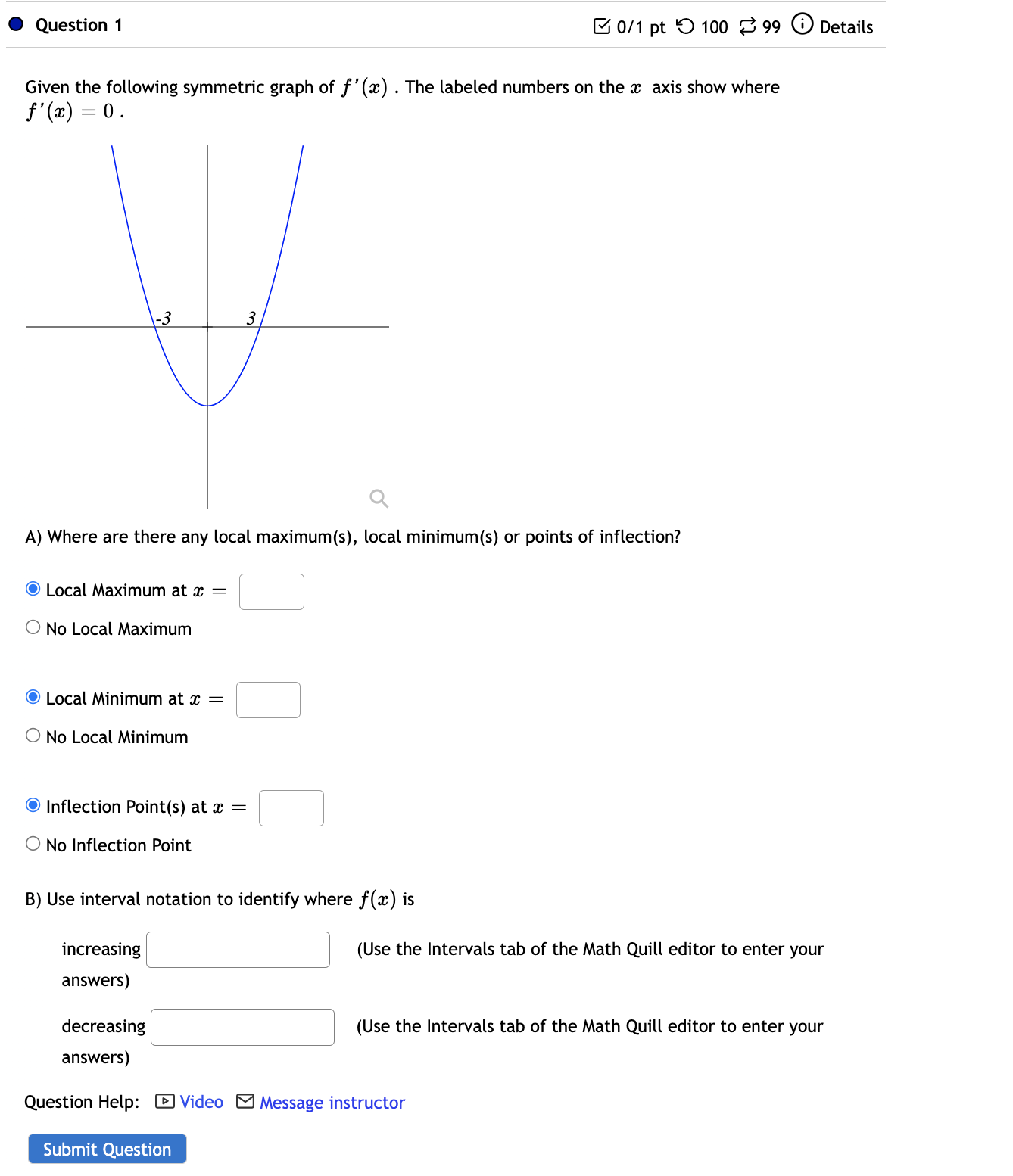
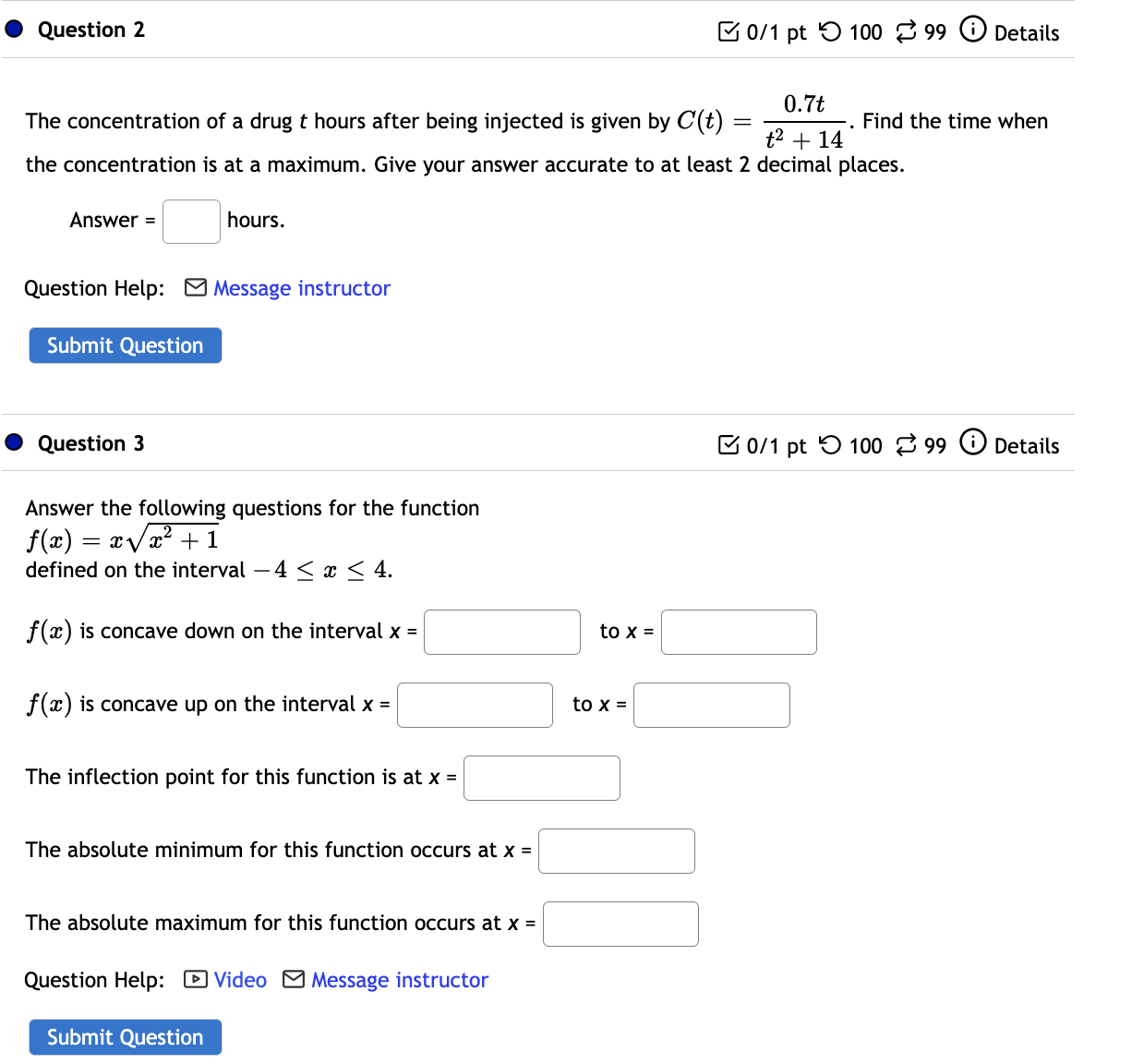
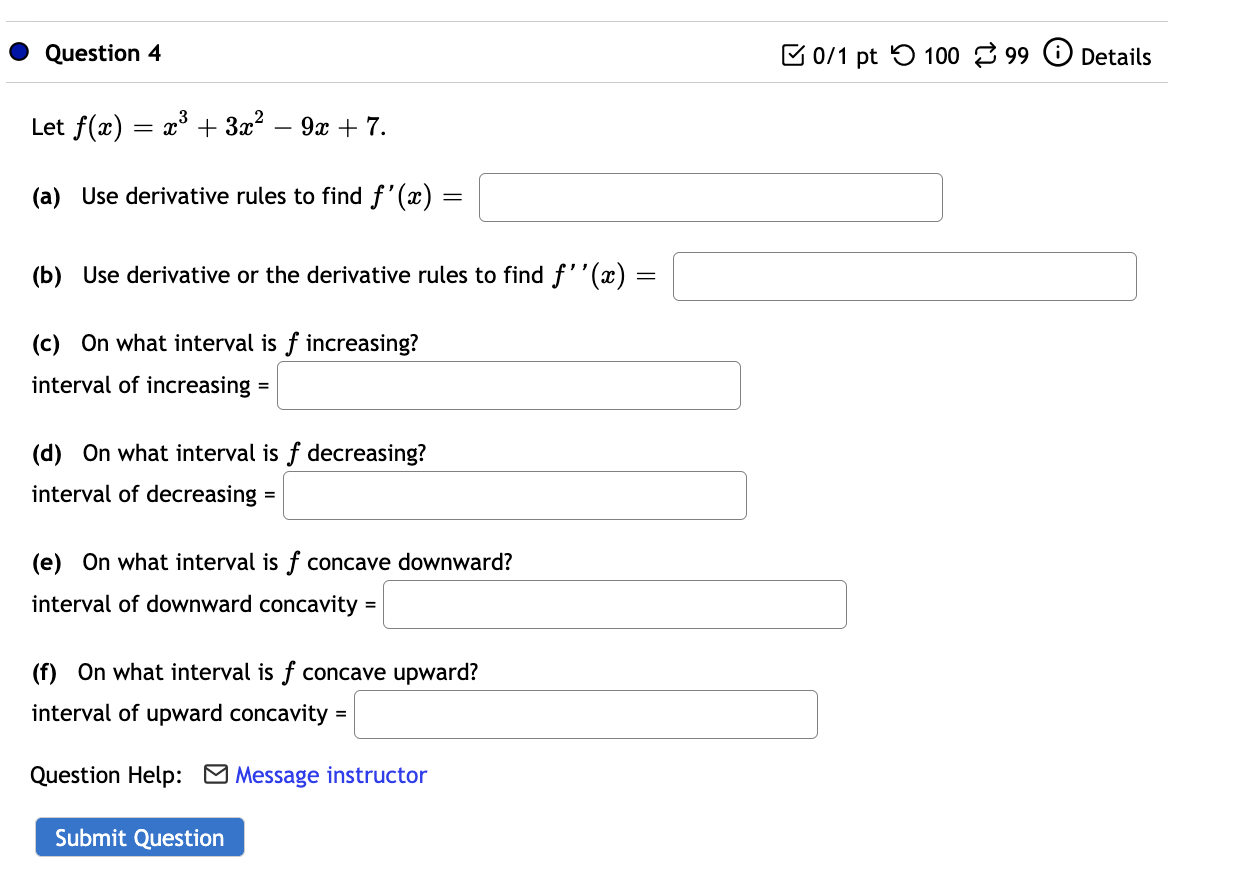
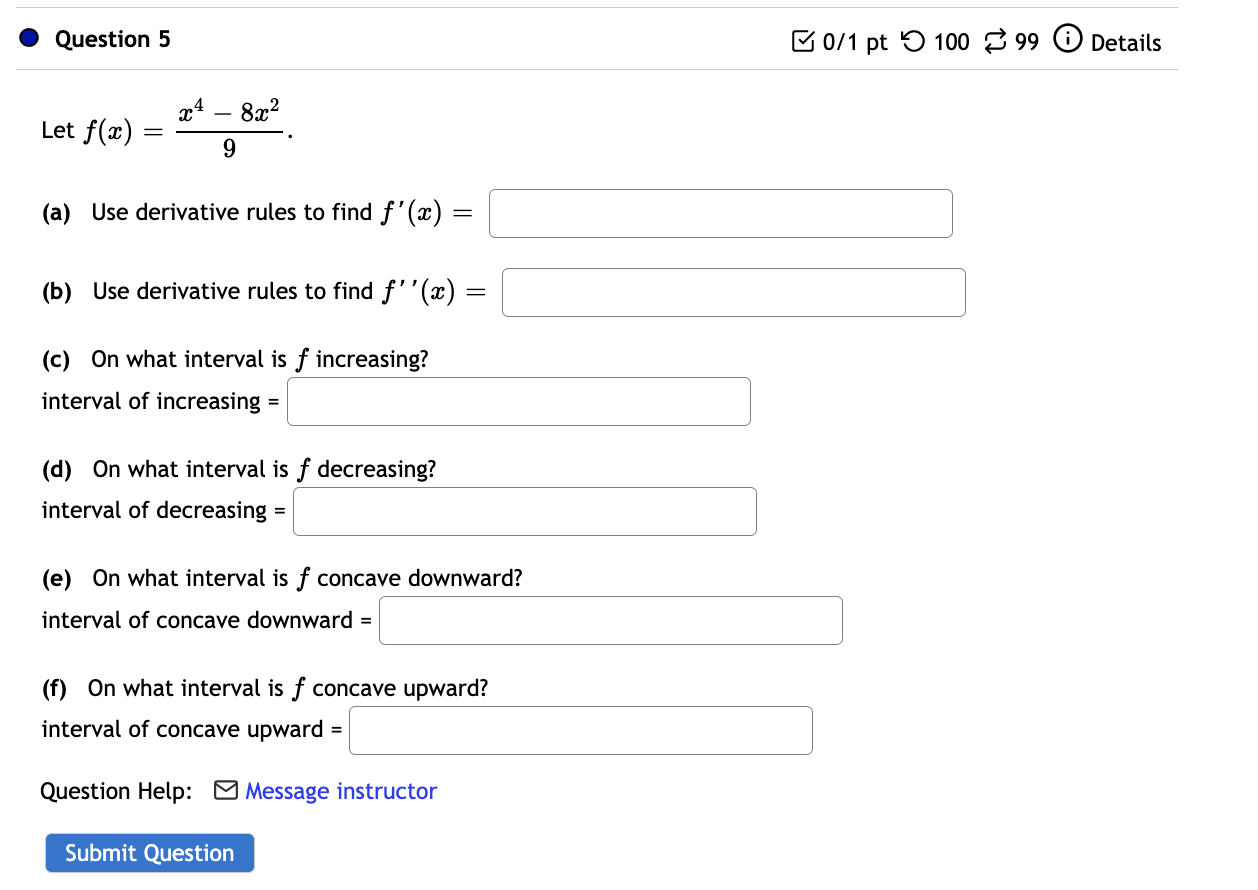
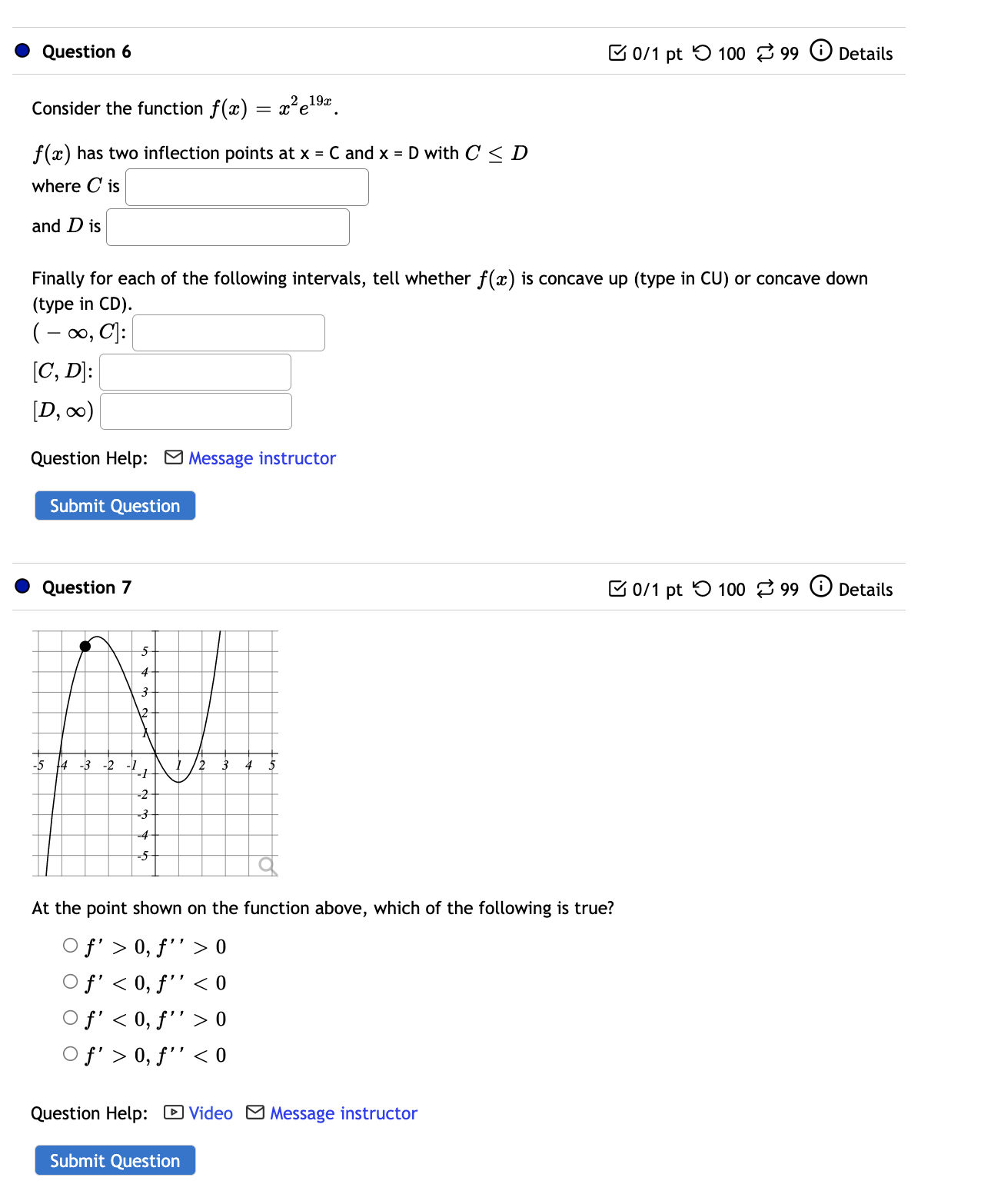
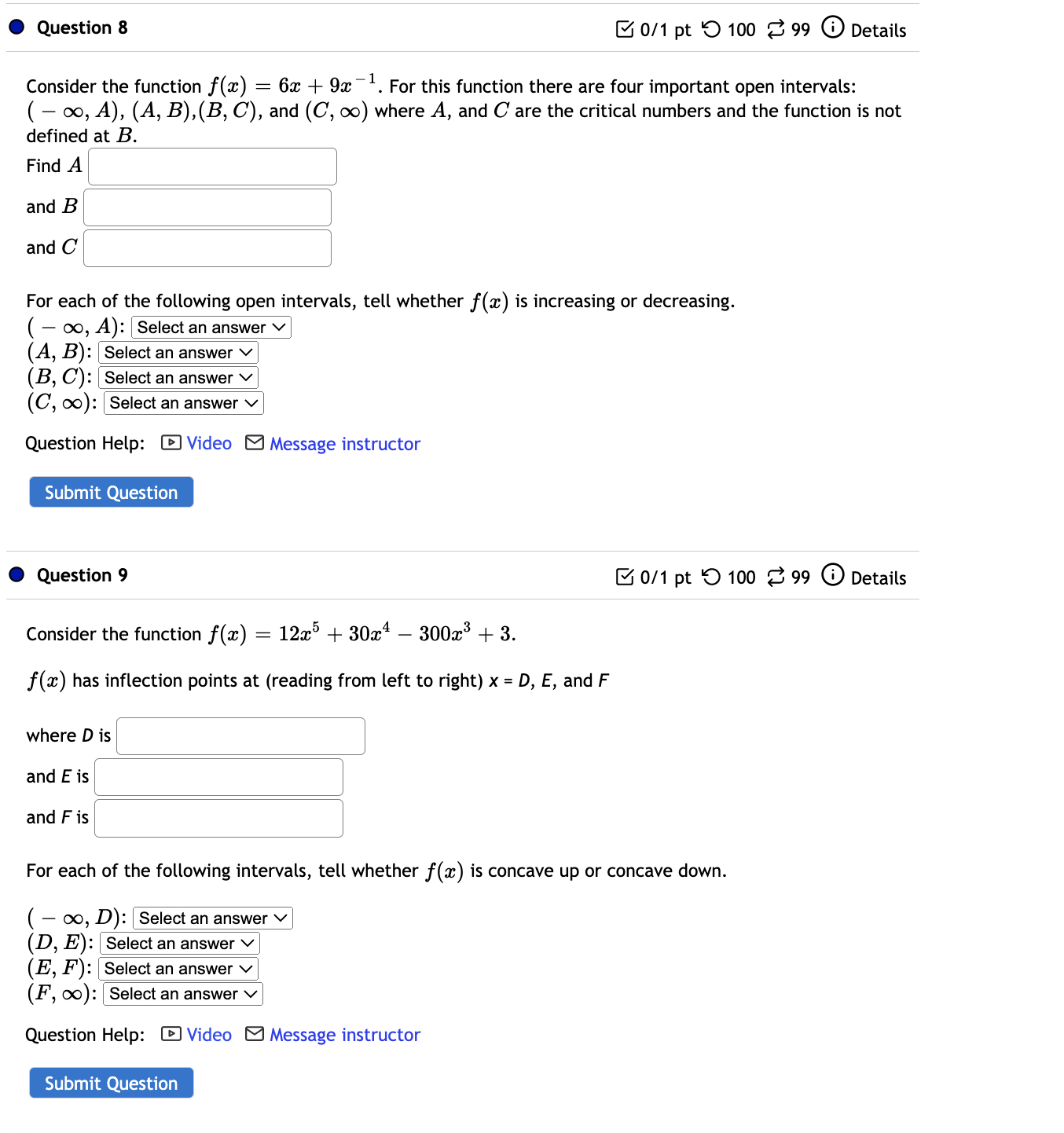
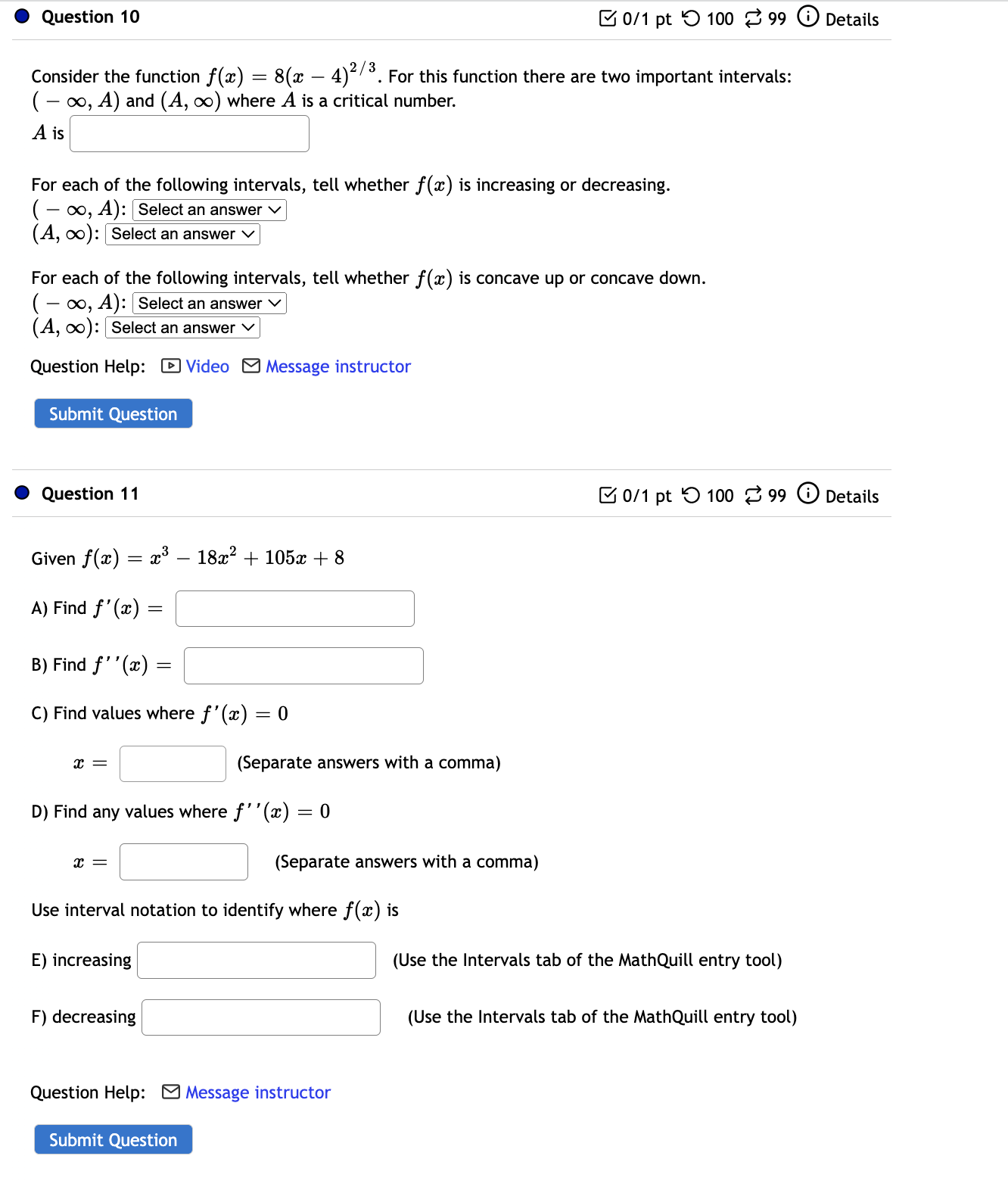
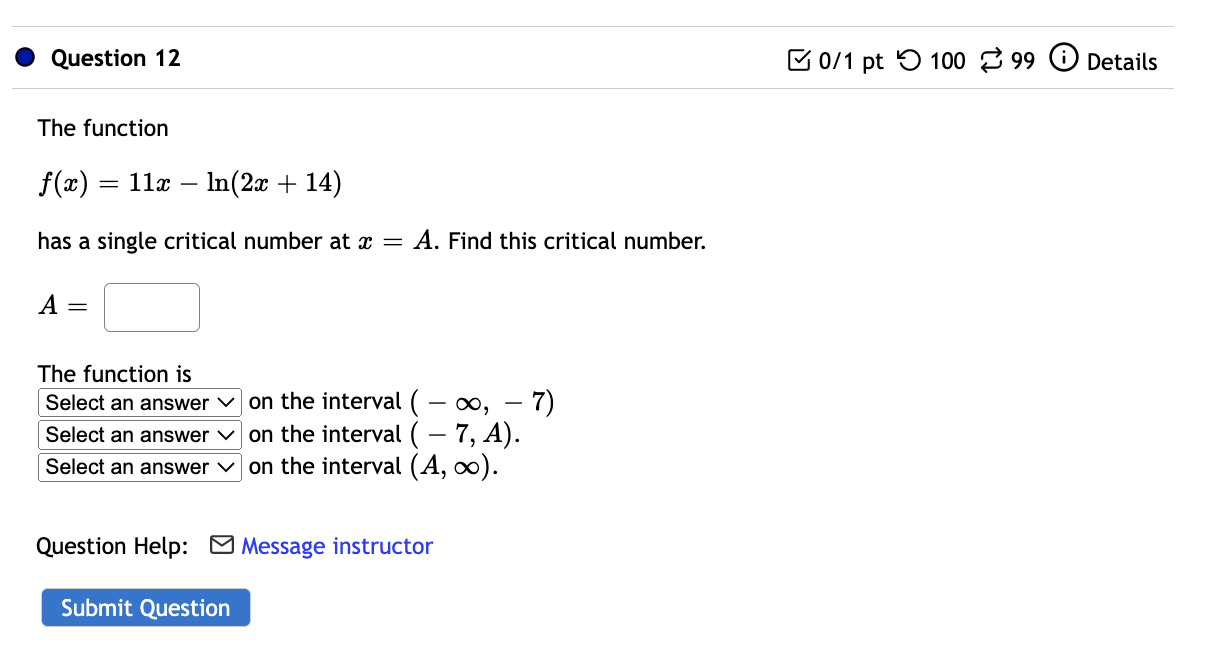
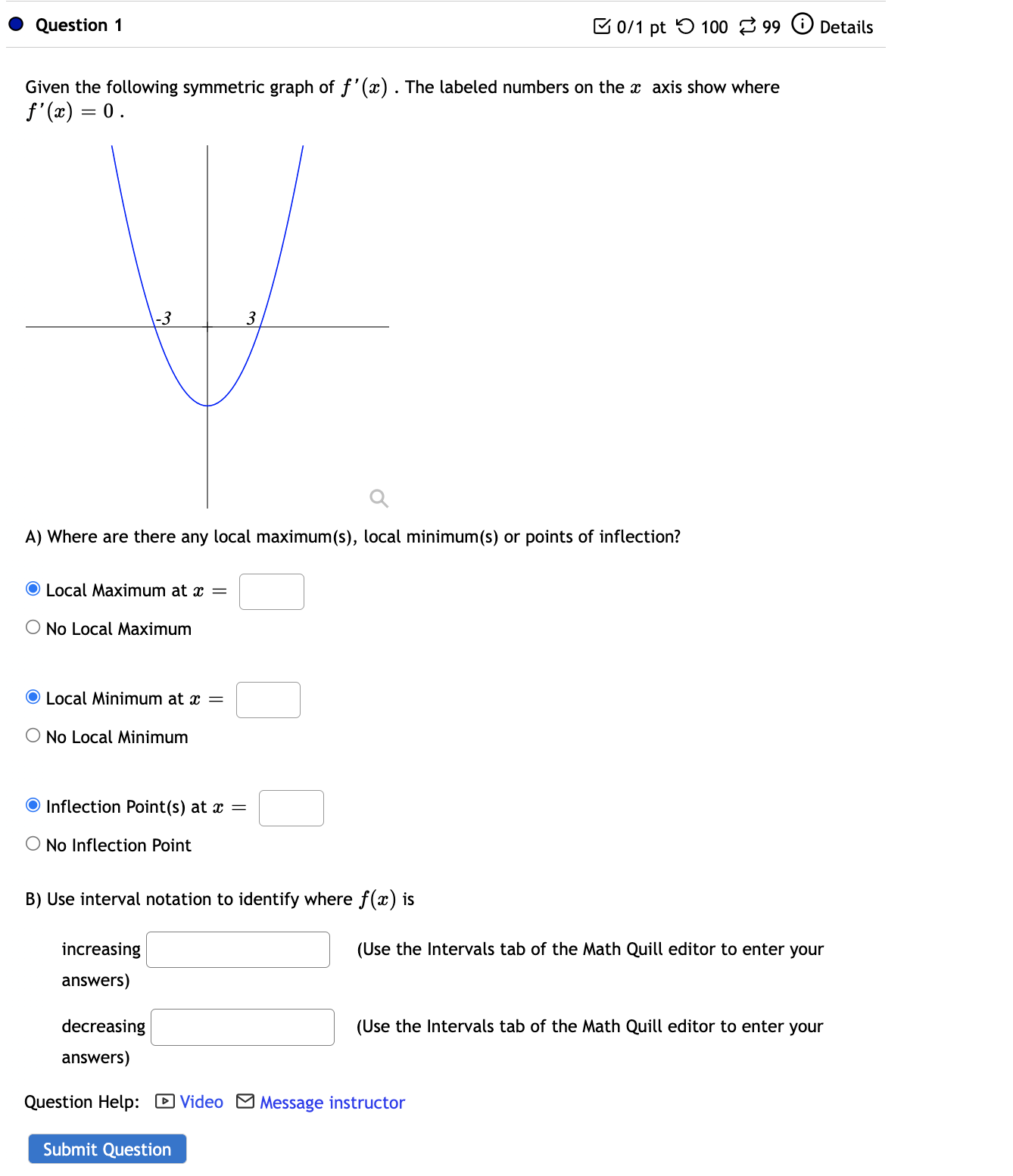
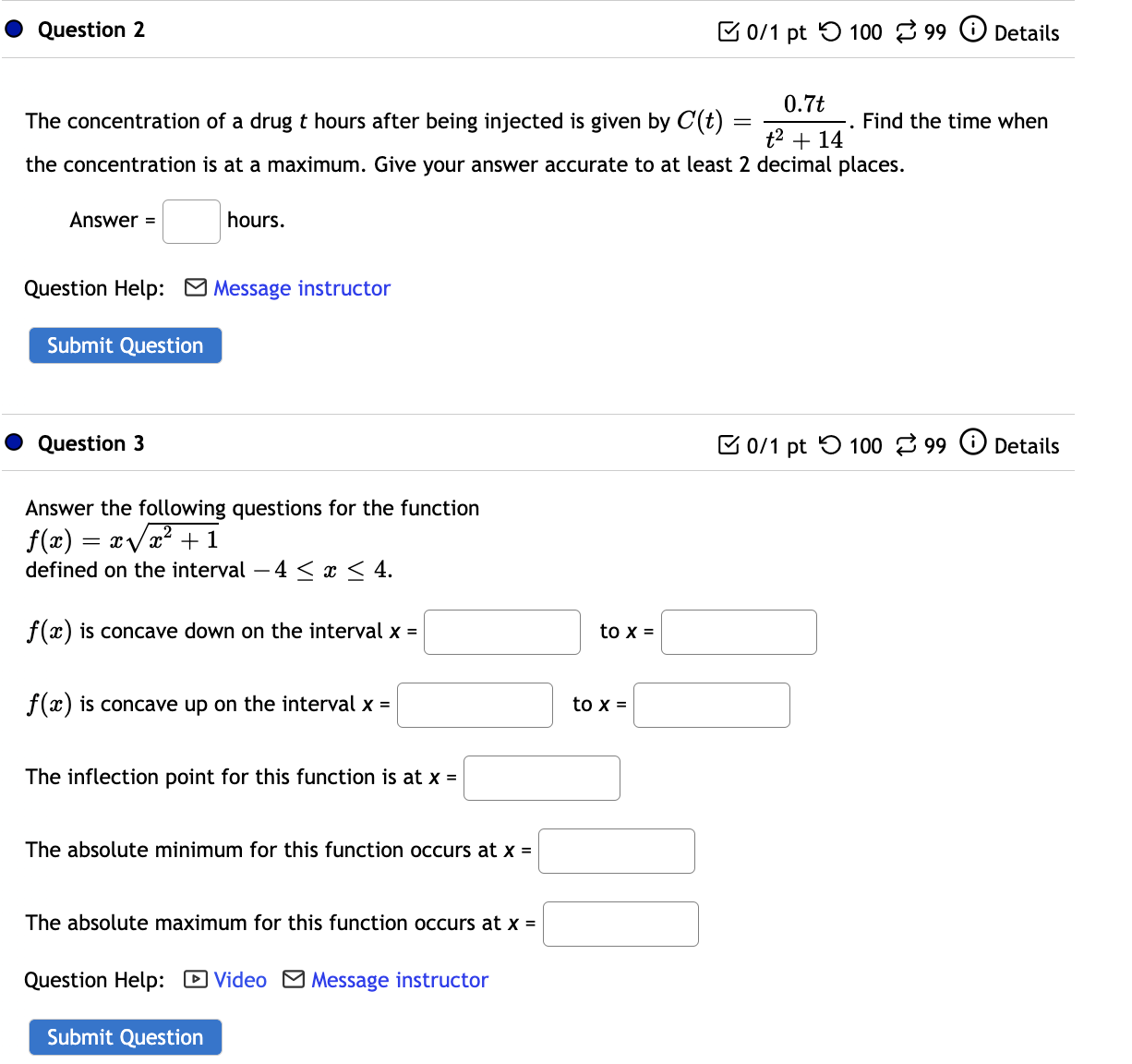
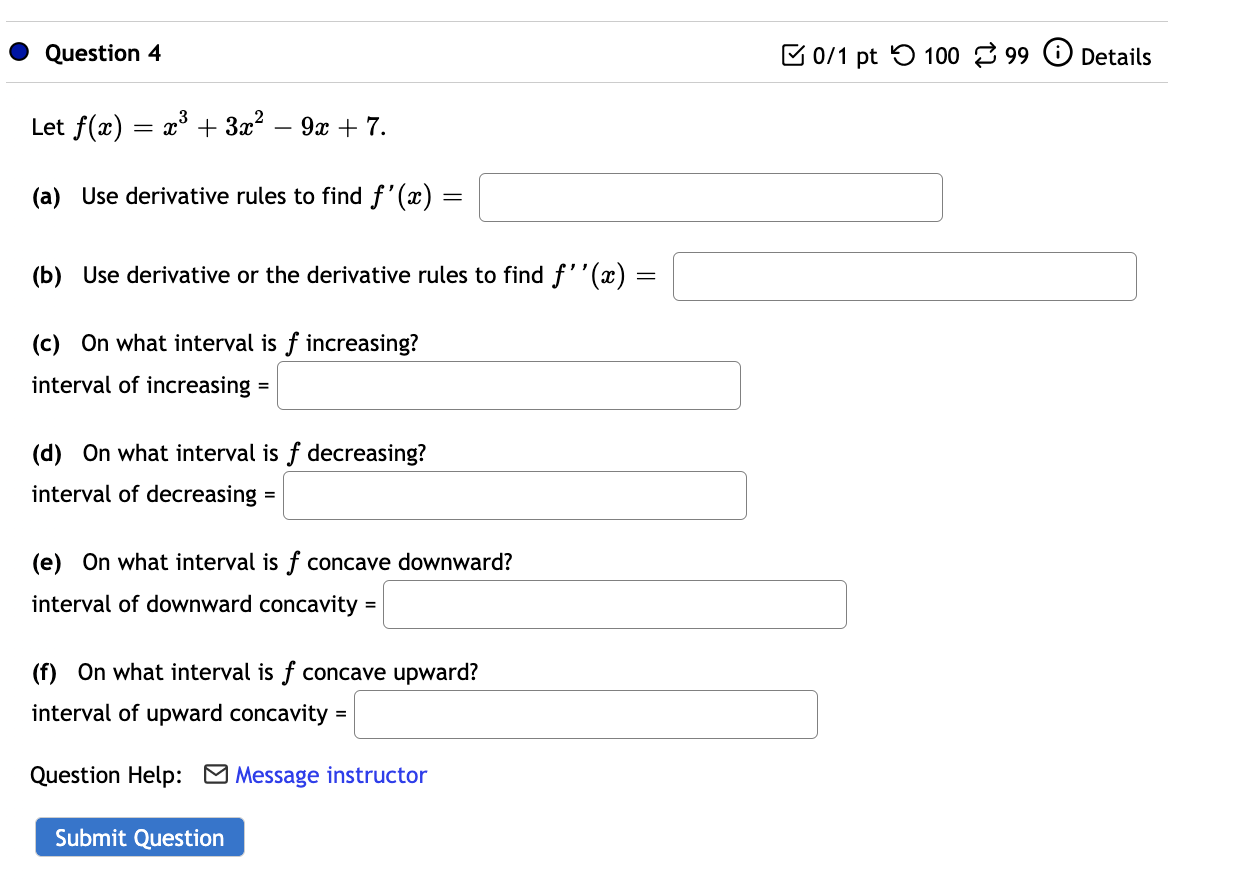
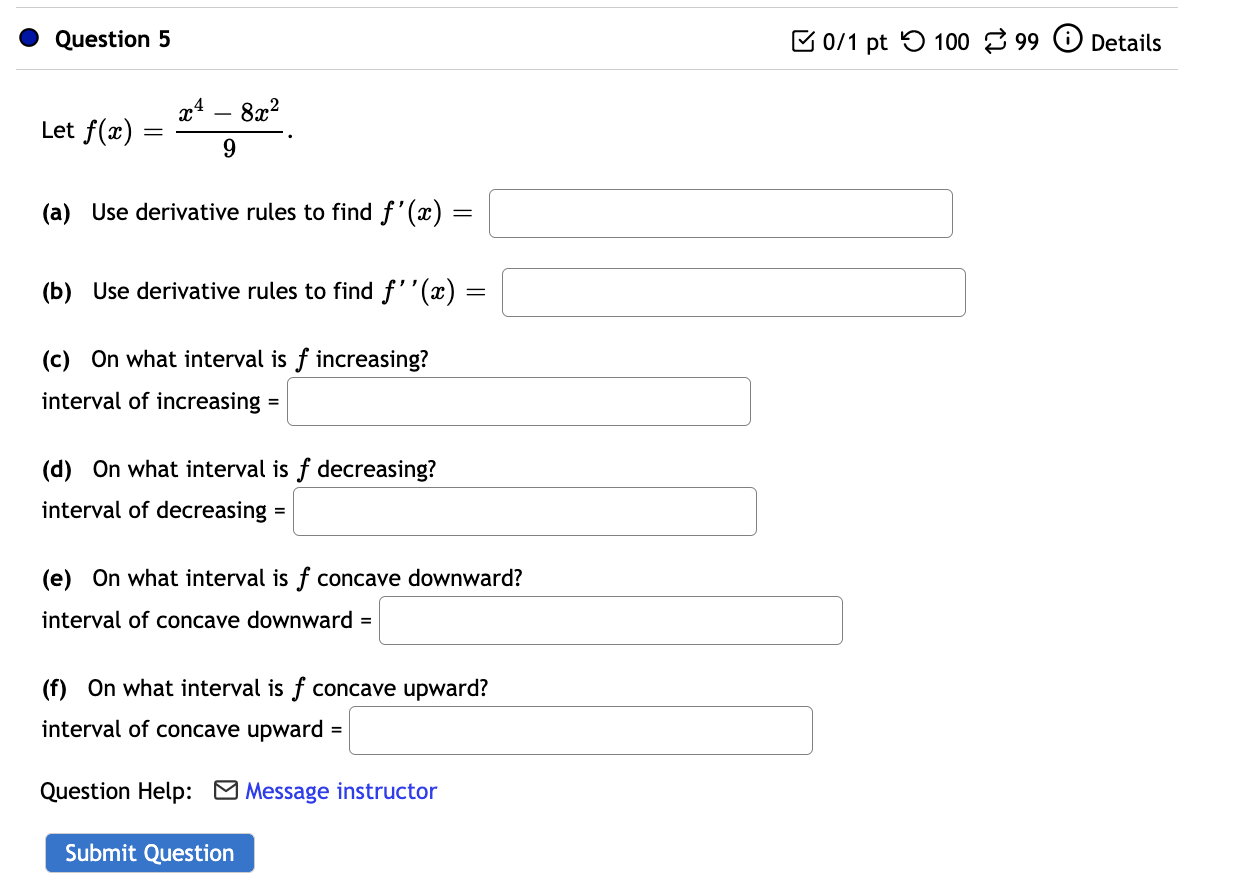
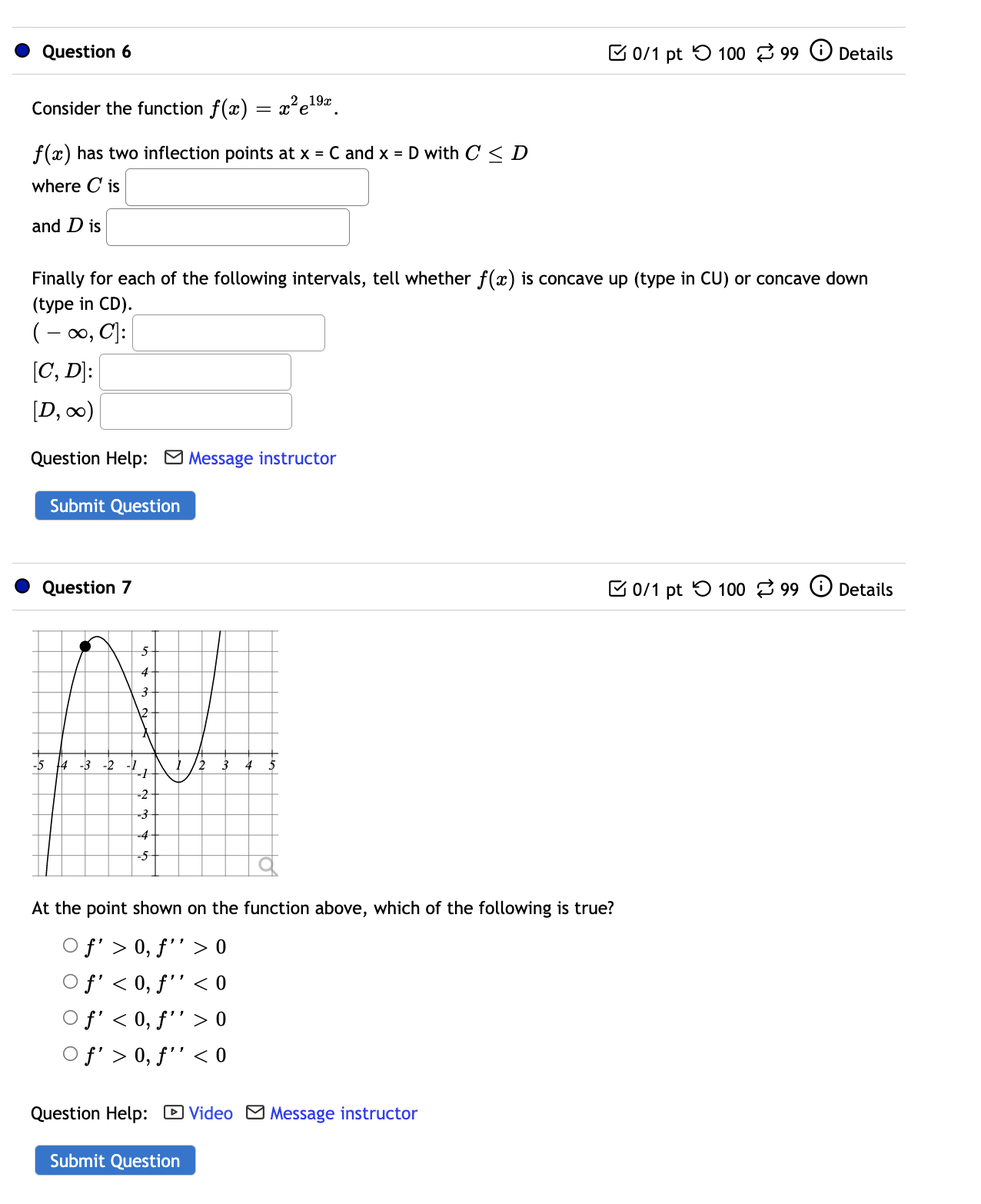
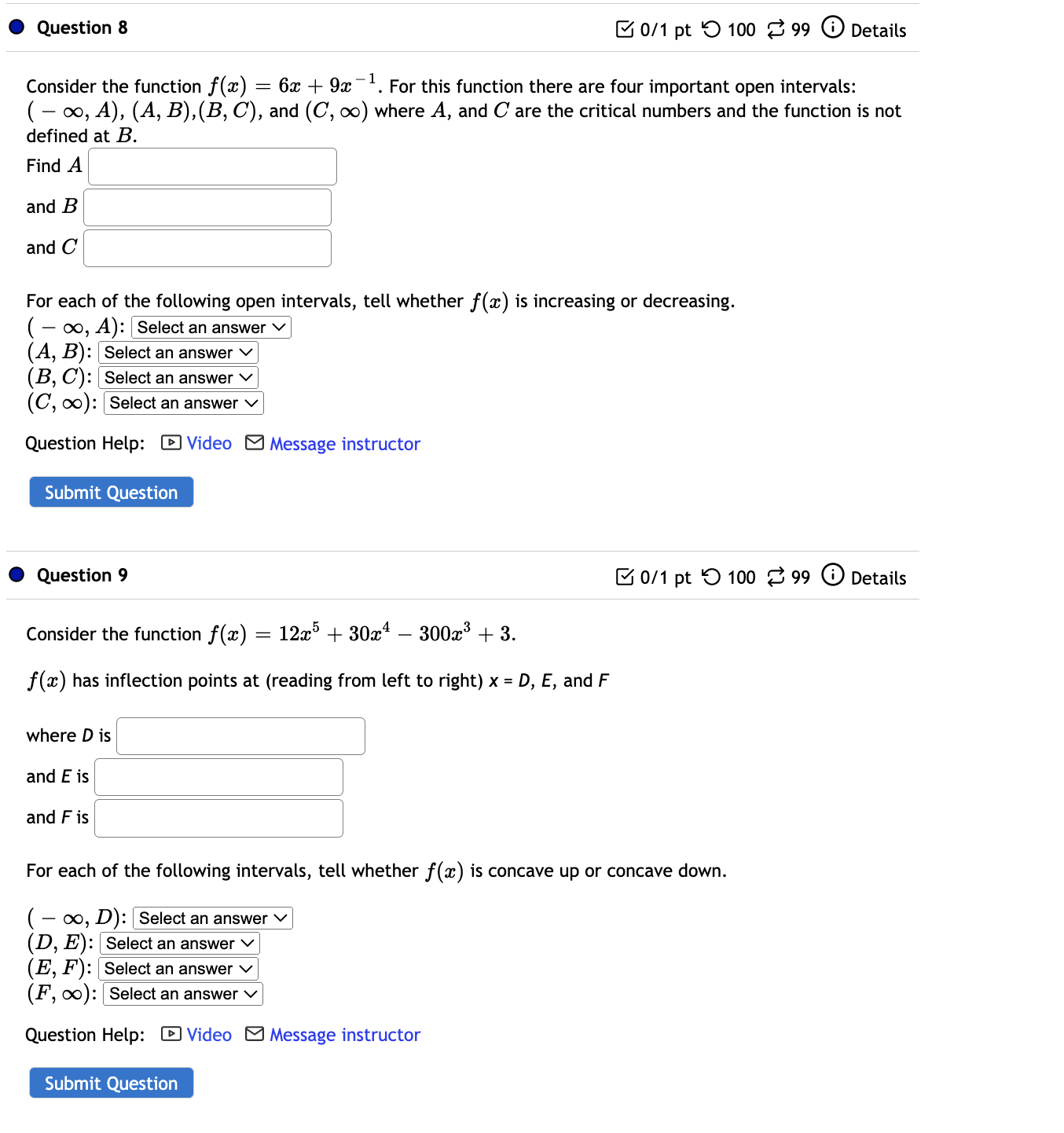
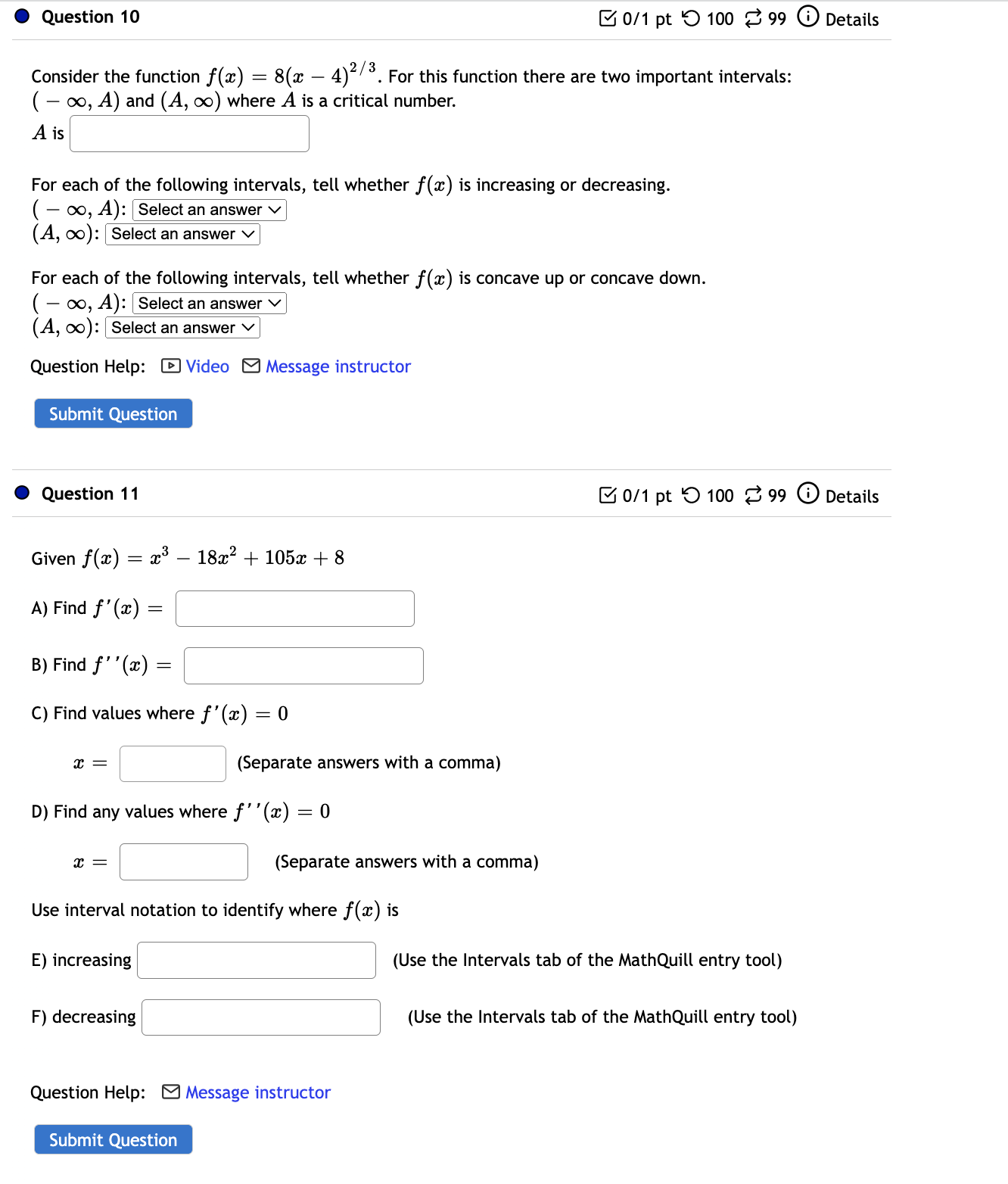
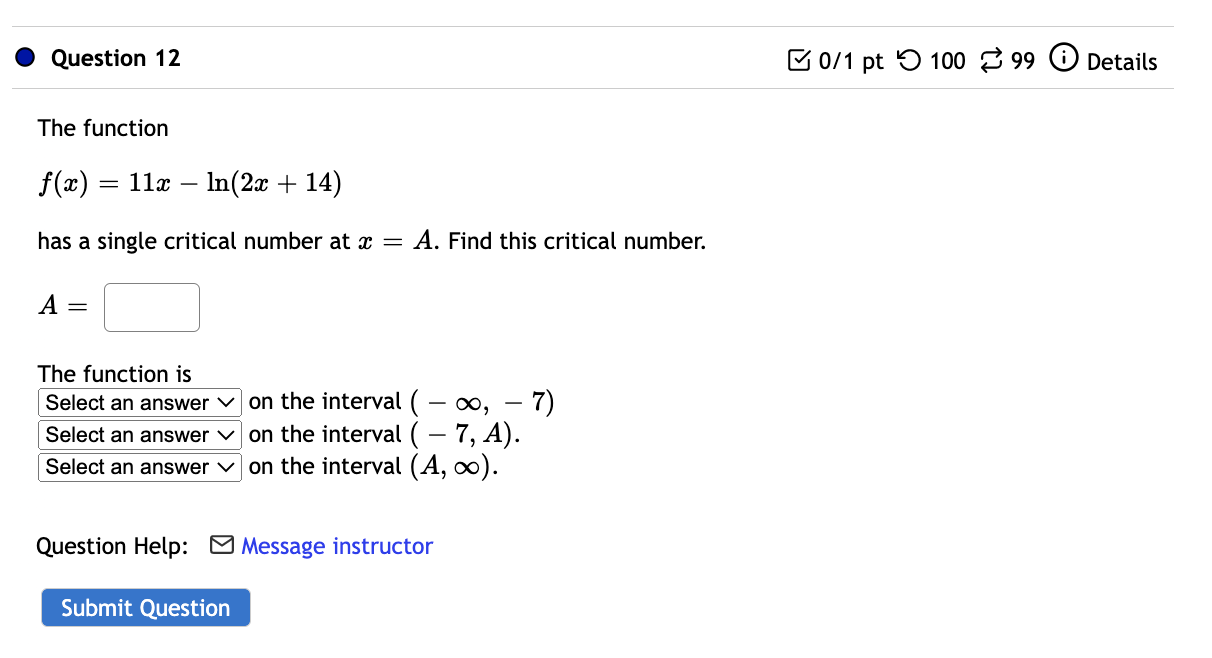
Step by Step Solution
There are 3 Steps involved in it
Step: 1

Get Instant Access to Expert-Tailored Solutions
See step-by-step solutions with expert insights and AI powered tools for academic success
Step: 2

Step: 3

Ace Your Homework with AI
Get the answers you need in no time with our AI-driven, step-by-step assistance
Get Started


